Why Strictly needs to embrace same-sex dance partners
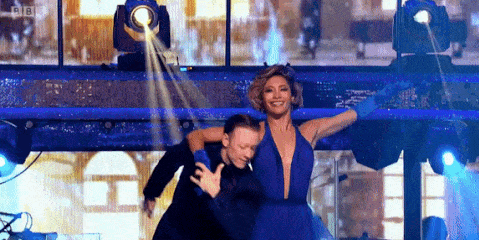
Strictly Come Dancing has established itself as a Saturday-night staple in the homes and hearts of the UK viewing public after 15 thrilling series.
Its light-hearted and engaging take on traditional dance is what has drawn us in – every Saturday evening we're comfortably sat in front of the box with a cup of tea, enjoying its delights. But as TV and media continue to change, becoming a place where people from all walks of life can find representation and be seen on screen, doesn't Strictly need to catch up?
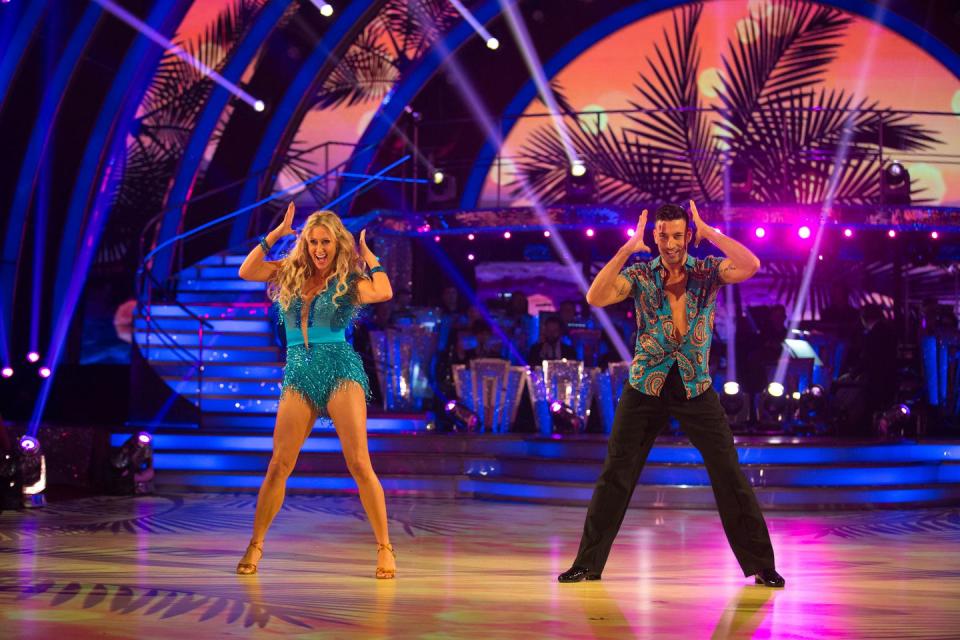
The show is already inclusive of different body types, ages and backgrounds. The glitz and glamour of Strictly is full of camp energy. It prides itself on being a place where tough-guy footballers and sports stars can wear sequins and have a good ol' shimmy. However, when it comes to same-sex representation on the show, Strictly could be doing better.
Representation for same-sex couples in the media is something that we do now see, whether it be in our favourite soaps, TV dramas and even adverts.
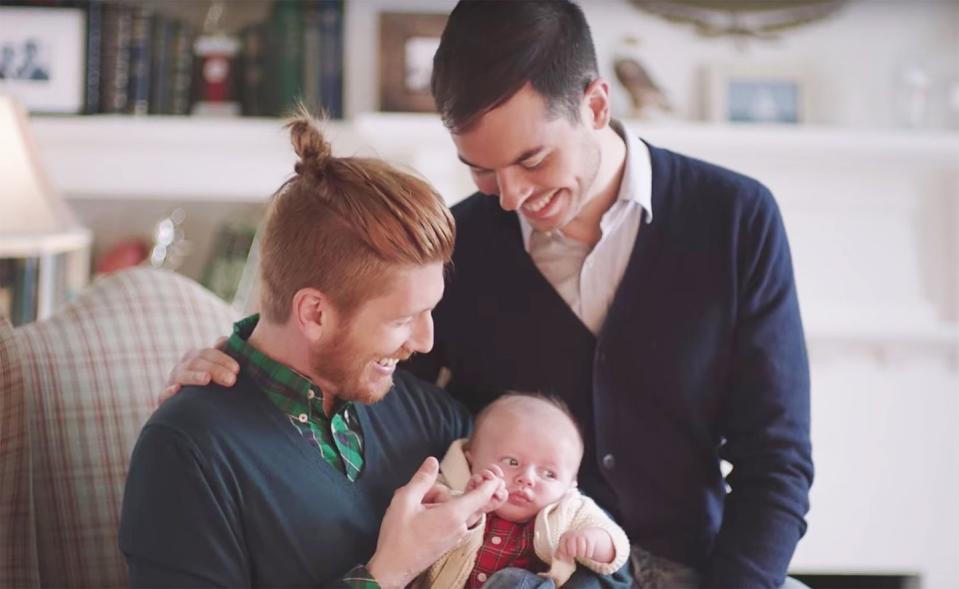
Despite this, Strictly's lack of inclusivity when it comes to the dance pairings is something that feels so easy to change, and would have such wonderful ramifications for the LGBTQ+ community.
This isn't to say that Strictly is in any way homophobic, but it is about exploring the ways in which the programme could be more inclusive, more current and more in touch with the viewer.
The show has had gay and lesbian contestants (not to mention judges and dancers) over the past few years. Although some have said they were happy to be dancing with a partner of the opposite sex, others have supported the idea of incorporating same-sex dance couples, pointing out that it would only benefit the community and provide more visibility.
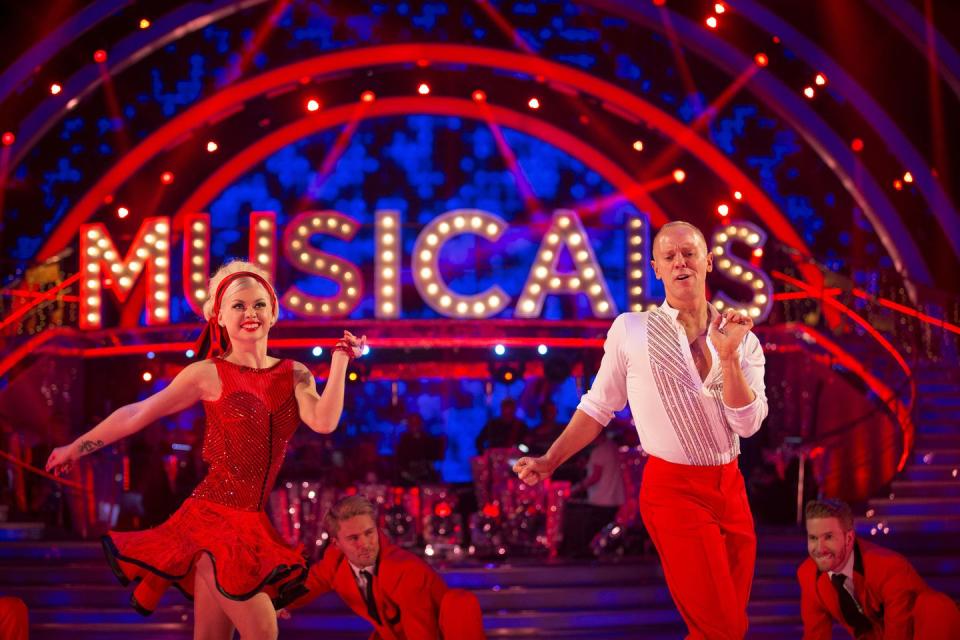
Whilst 2016 contestant Judge Rinder might have previously dismissed the idea, he more recently told The Telegraph that "it would be great if it happens" as "visibility really does matter."
Susan Calman found herself in the centre of some criticism for not dancing alongside a female professional partner when she took part on the show. At the time, she responded: "I wanted to dance with a man. I am not being held hostage by the BBC. I'm still well gay and proud of it."
Just this week (September 24), Strictly's own Craig Revel Horwood said that he would be "totally for" the introduction of same-sex couplings in the ballroom, adding that it's "an easy thing to achieve."
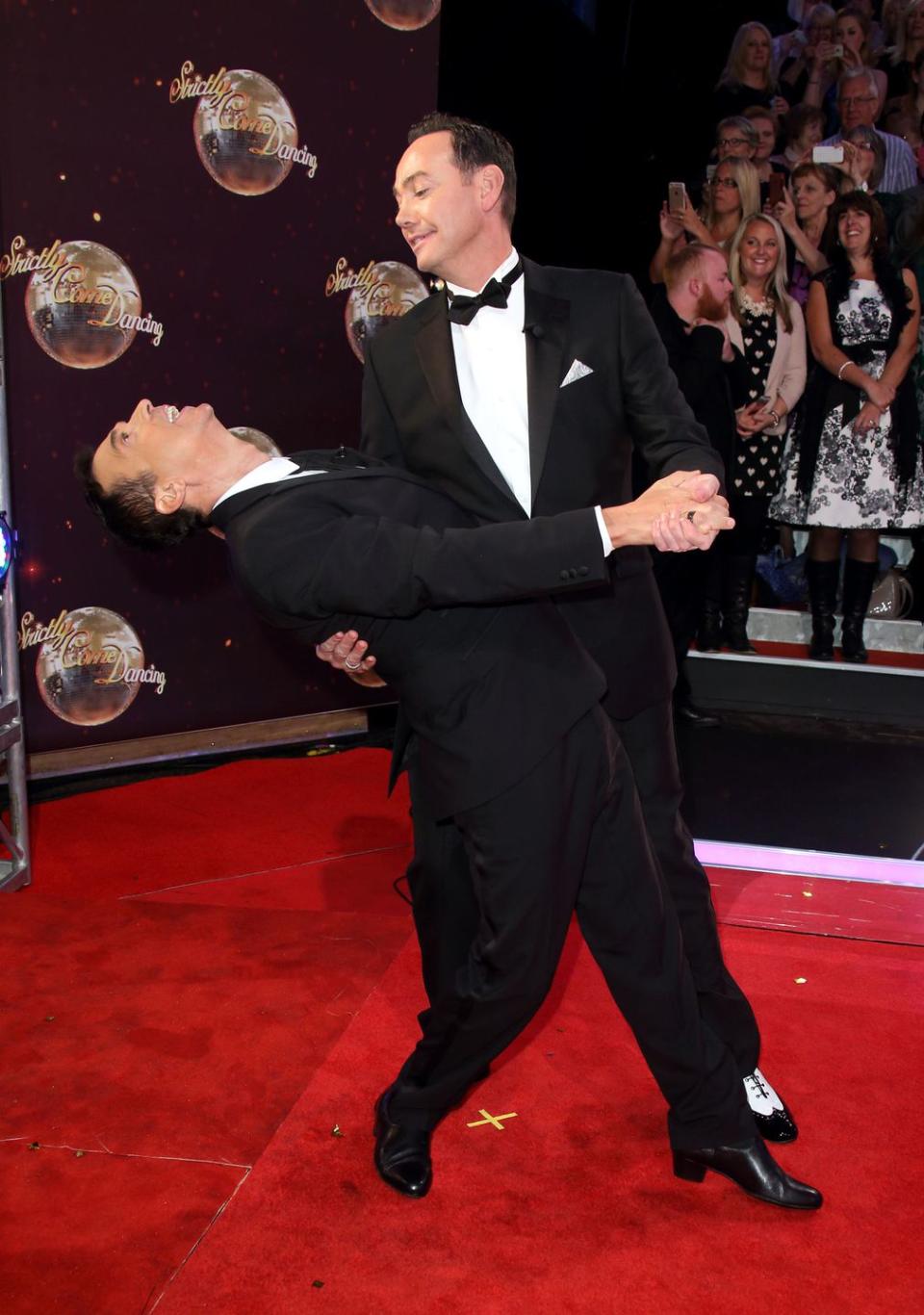
Throughout the UK there are a number of groups that celebrate the art form and support same-sex dance couples in a professional setting. One of these is the United Kingdom Same Sex Dance Council (UKSSDC); an amazing group that advocate for same-sex rights in the ballroom dancing scene. Their work and campaigning supports and creates awareness of same-sex dance competitions throughout the UK, such as the Pink JukeBox Trophy, which is held in London every February.
Introducing same-sex couples to the BBC could really speak to aspiring dancers who might be questioning or exploring their sexuality, allowing a younger audience to know that they can still explore their passions and creativity whilst identifying however they like.
It's a simple change that will allow us to be able to feel represented and visible on a Saturday night, and will also move Strictly Come Dancing closer to the hearts of its loyal viewers.
Strictly Come Dancing continues this Saturday (September 29) on BBC One.
Want up-to-the-minute entertainment news and features? Just hit 'Like' on our Digital Spy Facebook page and 'Follow' on our @digitalspy Instagram and Twitter account.
('You Might Also Like',)

 Yahoo News
Yahoo News 
